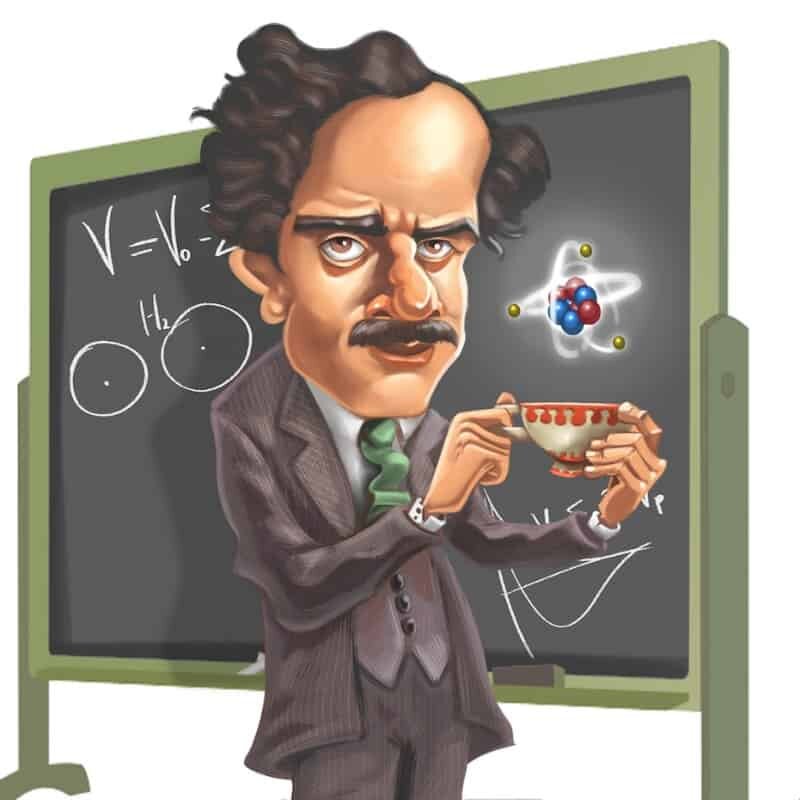1. Paul Dirac (1902-1984), the English theoretical physicist, was forced to learn French. To teach his children the language, Dirac’s father demanded that his children converse with him only in French. If one of them did not know how to express themselves in the language at any point, he would simply remain silent, as if awaiting a spontaneous utterance.
2. Dirac’s childhood was rather unhappy. Along with having an overly authoritative father, his older brother Reginald committed suicide as a young adult, causing his parents great distress and undoubtedly leaving a permanent scar upon Dirac’s young heart.
3. Though he passed the entrance exam into Cambridge and received a generous scholarship, he struggled to afford tuition and rent. Despite these struggles, Dirac persevered to complete undergraduate education, eventually earning a Bachelor of Science degree in Engineering and graduating with first-class honors.
4. Like any man, Dirac was far from perfect. Einstein once remarked that he was constantly “balancing on the dizzying path between genius and madness.”
5. Dirac’s monumental work, The Principle of Quantum Mechanics (1930), was immediately considered an excellent resource for physicists. Despite its nearly 100-year antiquity, it is still used as a textbook in classrooms today.

6. In 1933, at the age of 31, Dirac achieved his greatest claim to fame by receiving the Nobel Prize in Physics alongside fellow physicist Erwin Schrödinger.
7. The equation that bears his name is the famed Dirac Equation. It is recognized for predicting the existence of antimatter and explaining the behavior of electrons. The equation also revealed that what often appears to be empty space is actually filled with particles undergoing a process known as pair production.
8. Dirac was not very exceptional when it came to looks. On the outside, he appeared to be a simple and dowdy man. Along with this, he was rather introverted. His colleagues joked that a conversation with him moved no faster than one word per hour. Since he preferred solitude and was not prone to starting conversations, his colleagues were very surprised when he found his wife, Margit Wigner.
9. In the 1970s, Dirac became a professor at Florida State University in Tallahassee, Florida. While there, he became a considerably more sociable person, even offering to eat lunch with his students. Sharing a meal with his pupils was something he never considered doing while teaching at Cambridge.
10. The Institute of Physics in the United Kingdom posthumously created the Paul Dirac Medal, which has since been awarded to numerous scientific contributors. The first recipient was Stephen Hawking in 1987.
SUGGESTED READING
 |








